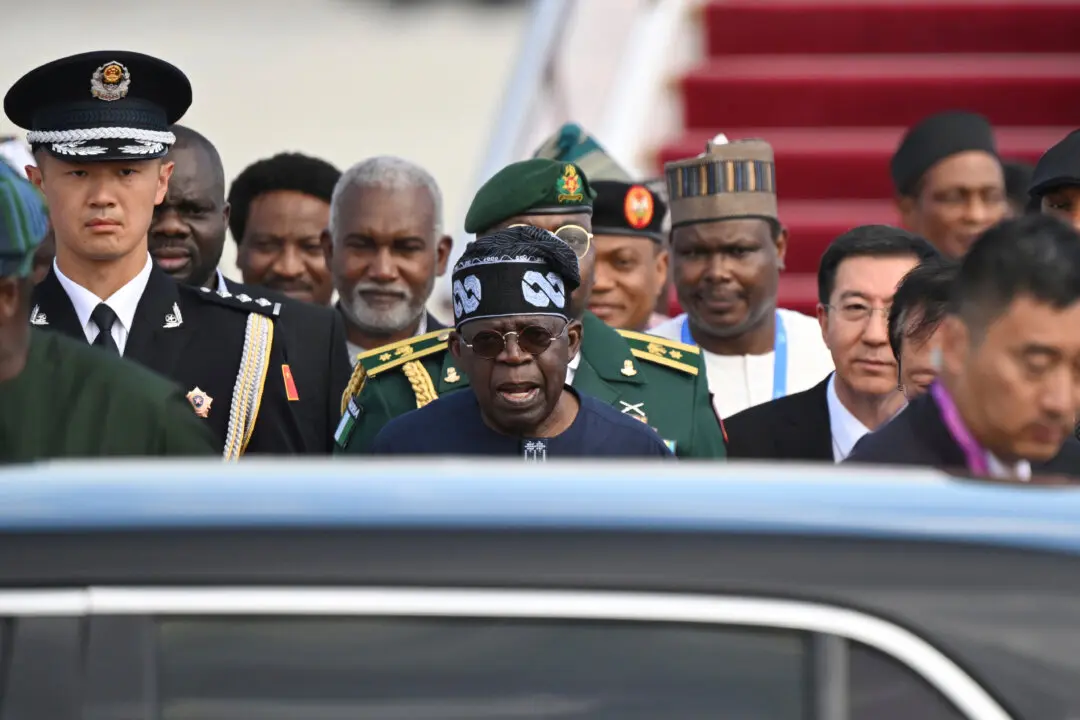LONDON—Oil edged up on Wednesday, a day after settling below $100 a barrel for the first time since April, and gains were limited by a U.S. supply report showing rising inventories and caution ahead of U.S. inflation data.
Despite a tight physical oil market, investors have sold oil futures on worries that aggressive rate hikes to stem inflation will slow economic growth and hit oil demand. Prices fell by more than 7 percent on Tuesday in volatile trade.





